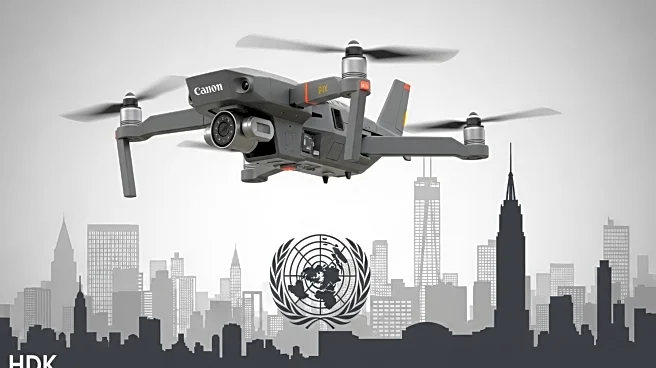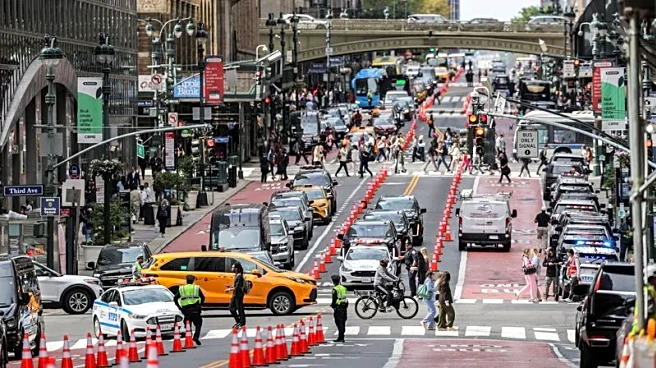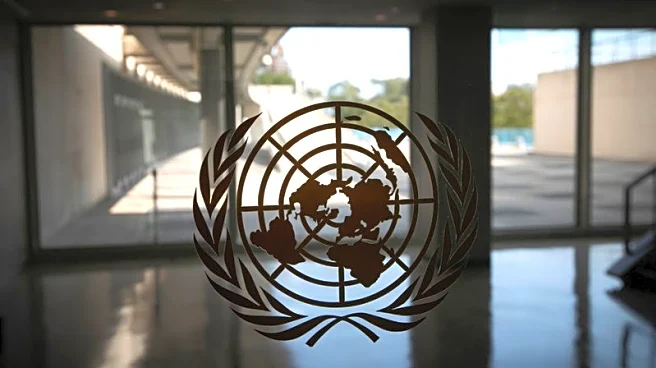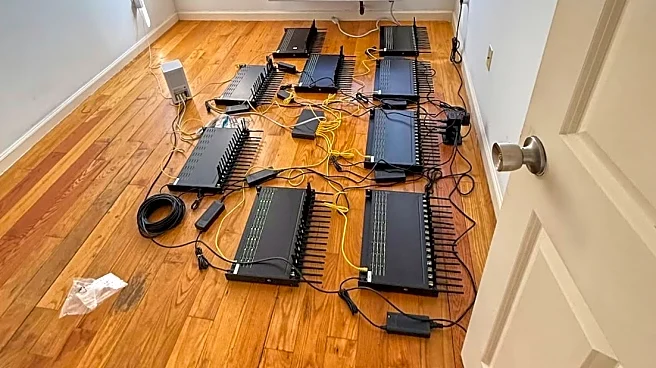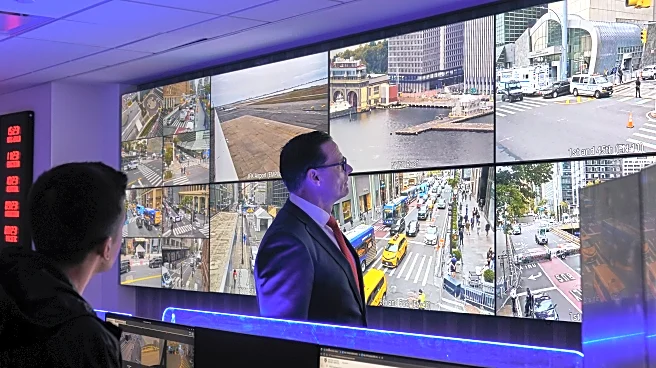What is the story about?
What's Happening?
During a recent meeting of UN leaders in New York, authorities successfully thwarted a plot aimed at disrupting the city's cell phone grid. This incident occurred amidst heightened security measures due to the presence of international leaders. The Secret Service played a crucial role in identifying and neutralizing the threat, ensuring the safety and continuity of communications in the city. The plot's discovery underscores the ongoing challenges faced by security agencies in protecting critical infrastructure from potential attacks.
Why It's Important?
The foiling of the plot against New York City's cell phone grid highlights the vulnerabilities of urban infrastructure to potential threats. Such disruptions could have significant implications for emergency services, businesses, and daily communications, affecting millions of residents and visitors. The incident serves as a reminder of the importance of robust security measures and the need for constant vigilance in safeguarding essential services. It also emphasizes the role of intelligence and security agencies in preemptively addressing threats to national security.
What's Next?
Following the incident, security agencies are likely to review and enhance protocols to prevent similar threats in the future. This may involve increased collaboration between local, state, and federal agencies to ensure comprehensive protection of critical infrastructure. Additionally, there may be discussions on improving technology and intelligence capabilities to detect and respond to threats more effectively. Stakeholders, including government officials and security experts, will likely engage in dialogue to assess vulnerabilities and implement strategies to bolster security.
Beyond the Headlines
The thwarted plot against the cell phone grid raises broader questions about cybersecurity and the protection of urban infrastructure. As cities become increasingly reliant on technology, the risk of cyberattacks and other forms of disruption grows. This incident may prompt discussions on the ethical and legal dimensions of surveillance and security measures, balancing the need for protection with privacy concerns. Long-term, it could lead to shifts in policy and investment in cybersecurity and infrastructure resilience.
AI Generated Content
Do you find this article useful?
